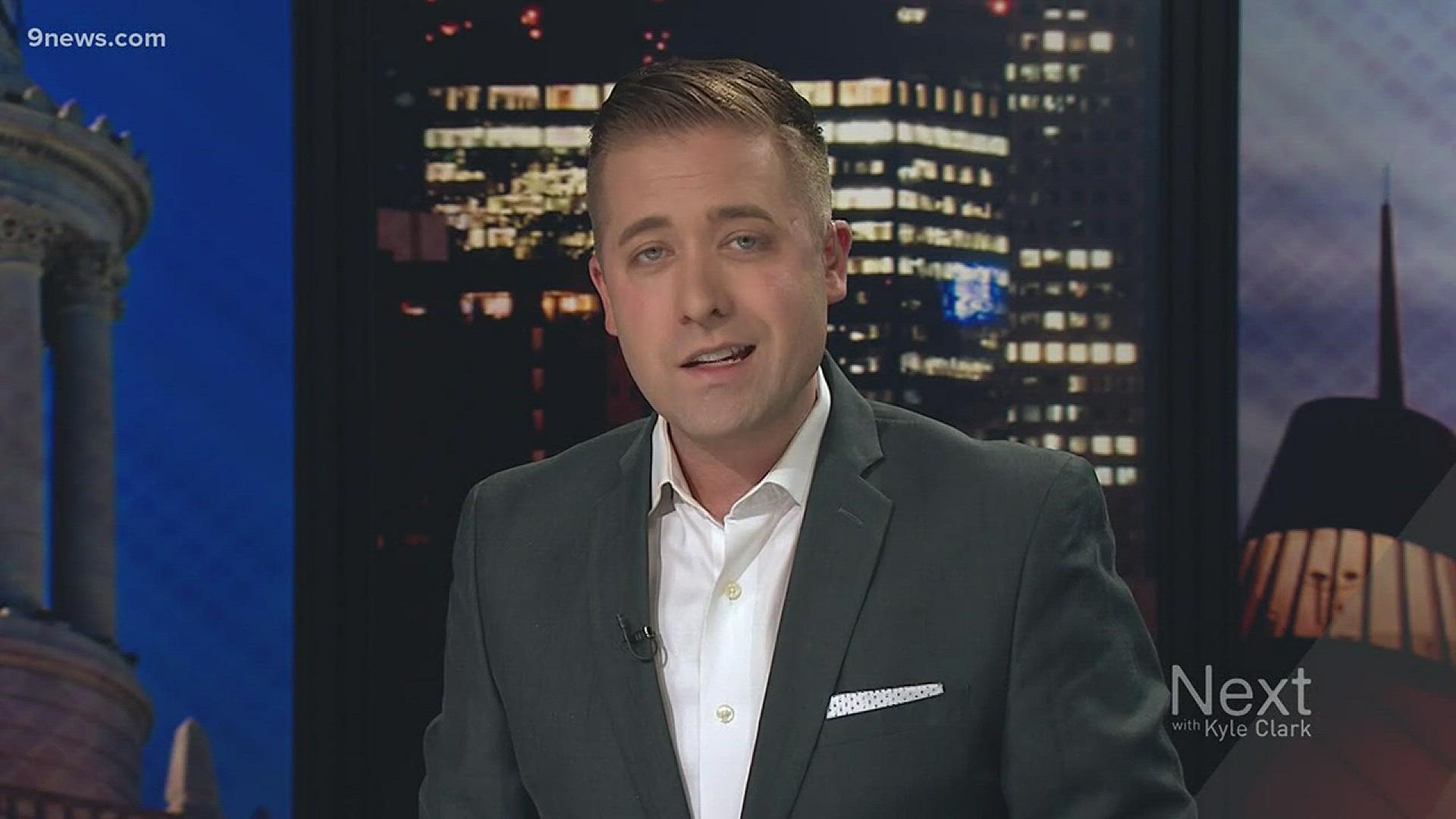Denver Police officers decades ago risked the same as officers today. Some did not come home.
“Here in Denver, 72, and then in Colorado it’s up to 312,” said Michael Hesse, president of the Denver Police Museum. “Denver has the most officers killed in the line of duty in the state and the most between St. Louis and Los Angeles.”
Of those officers buried in Denver, four caught the eye of Hesse and the museum.
“Unfortunately, we have found that four officers do not have headstones,” Hesse said.
Hesse made the discovery last year when the museum paid a visit to the graves of each of Denver’s fallen police officers. As they laid wreaths at headstones, they realized four officers were buried in unmarked graves.
“These are heroes,” Hesse said. “They are people who put their lives on the line to make our community what it is and to me it’s just a symbol of respect.”
Patrolman Alson McCasland died in a police motorcycle crash in April 1935, according to records from the Denver Police Museum. He was buried at Crown Hill Cemetery, but there is no marker bearing his name.
Officer Thomas Clifford was gunned down by a drunken Fort Logan soldier in 1899. Officer William Griffiths heard the shots and commandeered a bicycle to chase down the suspect. He, too, was shot and killed.
Charles Wanless was the only mounted police officer killed in Denver. He was shot in 1890 by a drunken man who was threatening his wife.
The only record of Wanless’ grave is in the books at Riverside Cemetery. Volunteer Ray Thal said unmarked graves are not unusual at the cemetery.
“I would estimate that probably 60 percent at least of the people that are buried in this cemetery have no marker of any kind,” Thal said.
Officer Wanless is buried in lot 236 of block 9.
“Block 9 was one of the first three blocks that were opened in the cemetery,” Thal said. “So, it includes some of the oldest graves in the cemetery.”
Of course, few would know where Wandless rests. The Denver Police Museum hopes that will soon change.
“We believe very strongly that if somebody died in the line of duty for our city that they should have a headstone,” Hesse said.
Last year, the museum placed a headstone for Willie O. Steam at Riverside Cemetery. Steam was the first black Denver Police officer killed in the line of duty. He died in 1921. The museum also provided a marker for Sisty Wilson E., Denver’s first city marshal who died in 1889.
Hesse could only speculate as to why officers did not receive headstones after they died. He said some families simply couldn’t afford the cost.
“Police officers weren’t paid very well,” Hesse said. “So, the families had to pay for the funerals.”
Hesse said the police museum will rely on donations and contributions from officer salaries to cover the cost of headstones for McCasland, Clifford, Griffiths and Wanless.
“My hope is that in the next year to two that we can get that done,” he said.
Soon, Denver may finally know where four heroes rest.
SUGGESTED VIDEOS: Next with Kyle Clark

